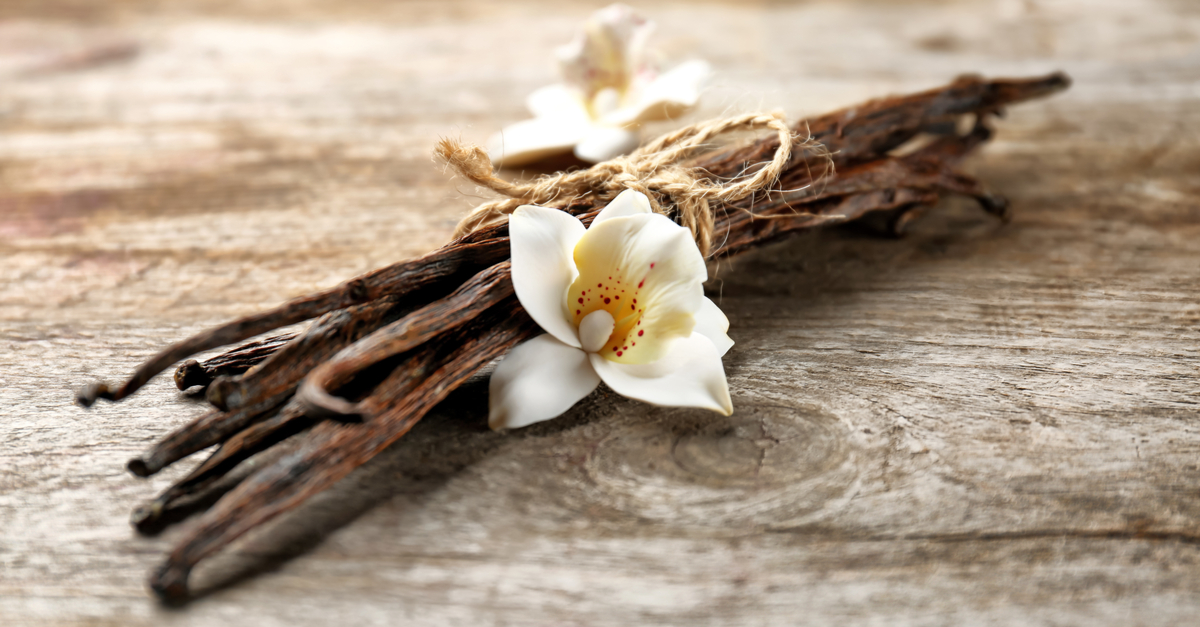The Struggle:
Vanilla, something that is so common and beloved that we recently began using it as a slang term for something that is bland. But when you realize how much goes into a single vanilla bean you realize that vanilla is anything but bland. But what is vanilla, why is it one of the most beloved and versatile flavors?
“What is vanilla and why do we love it so much?”
Pods, Seeds, or Beans?
What we know as vanilla beans are actually the seed pod of a specific type of orchid. This vanilla orchid is the only fruit bearing species of orchid. It originated in Mexico and was brought to Europe by the Spanish. The biggest downfall of this orchid is that there was also a specific species of bee that could pollinate the plant. Without this bee the plants were difficult to keep alive. The only other way for this plant to be pollinated is by hand. To this day vanilla orchids are still pollinated by hand. As you could imagine anytime there is this high of a demand for something that involves physical labor the price goes up. The process of pollinating the plant is just one step. The seed pods (eventual vanilla bean) do not start with a strong vanilla aroma nor do they look like the dark brown or black beans we know. The pods are green in color with yellowing tips. The yellowing of the tips are an indicator that the fruit is ready. Vanilla pods have a very small window for harvesting as those yellowing tips can become rotten quickly. The pods will need to be blanched after harvesting and then dried in the sun. This is where the signature vanilla aroma is developed. As the pods dry they shrivel and turn brownish black. The pods have a glossy appearance. This is where they will need to be graded. Pods that are moist and plump with 30-35% moisture content are known as grade A or “gourmet”. Drier vanilla pods between 15-25% moisture content are known as grade B or “extract fruits”. An easy way to tell the difference is a simple squeeze test. If the pods are hard and brittle they are most likely grade B. Either variation can be used in any recipe, with that being said grade B will be very difficult to scrape when removing the seeds as the pod will break apart.
So what makes us love vanilla so much? The aroma compound that we know and love is vanillin. Vanillin gives off that floral, sweet, creamy scent we go nuts for. Vanilla is one of those flavors that is pretty much universally loved or accepted. Some researchers have claimed that it reminds us of breast milk. But also on the other hand, nearly everything that is a sweet tasting or smelling contains vanilla. From dairy/non dairy milks, yogurts, ice creams, cakes and custards. This doesn’t even cover the soap, lotion, candles, and perfume that contain that sweet scent. Vanilla may be the most beloved bit of nostalgia we consume on a daily basis. So next time you slice into a vanilla bean or crush and entire tub of ice cream know how much work went into that flavor. Sit back and savor the flavor and realize that it is far from bland.
Ready to get Cooking?
Give our Rapid Infusion Vanilla Extract recipe a try! Who has the time to wait patiently for months for vanilla beans to soak into an extract? A whipping siphon can yield a half pint of vanilla extract in just 2 weeks!


